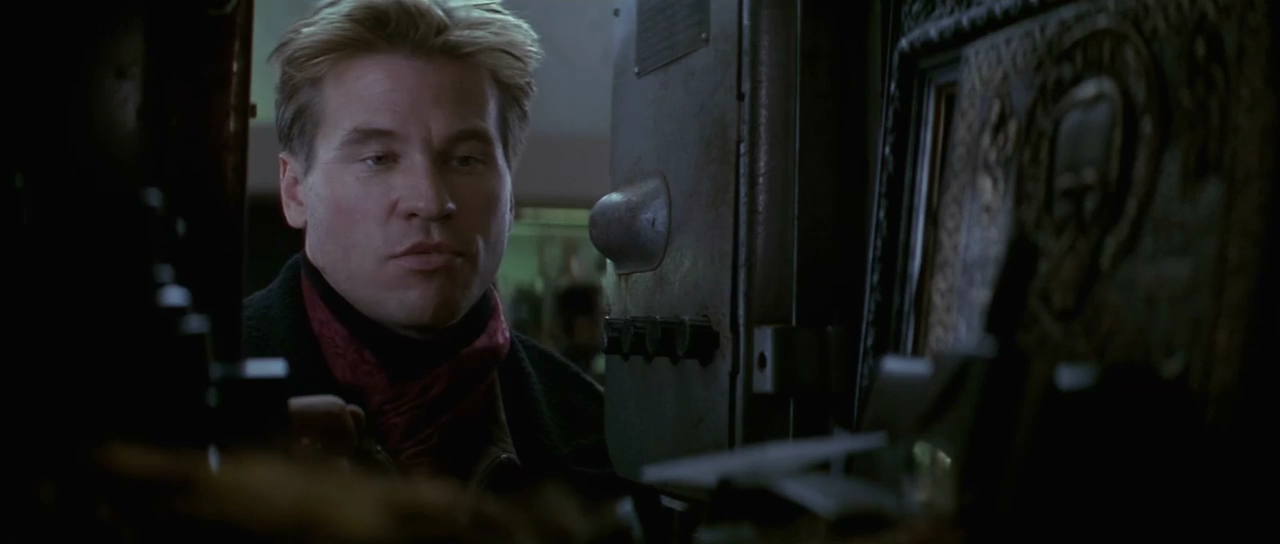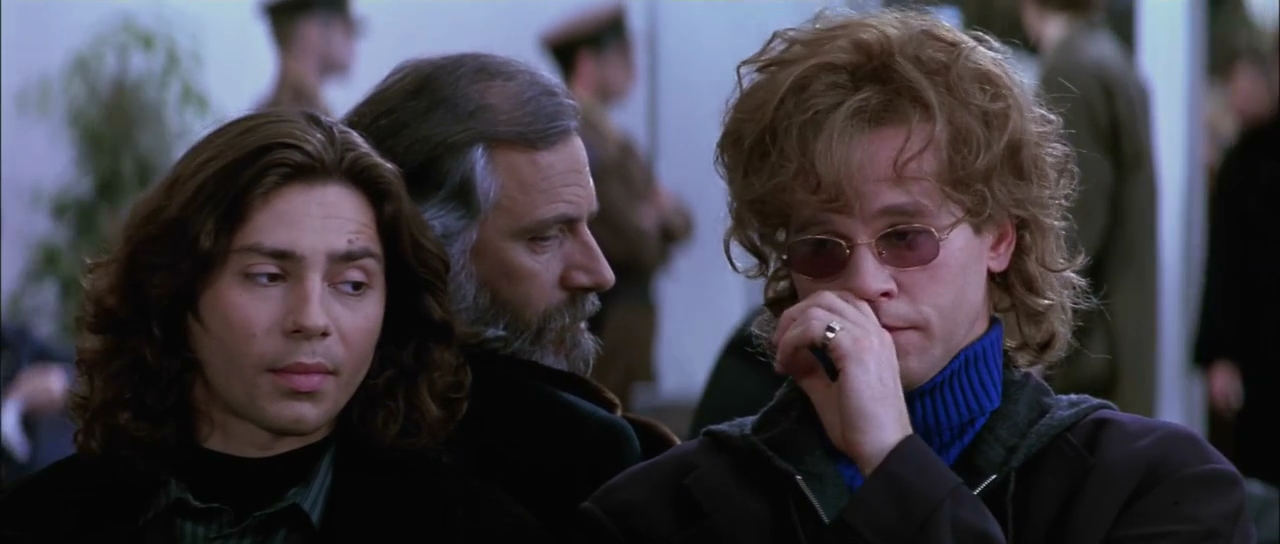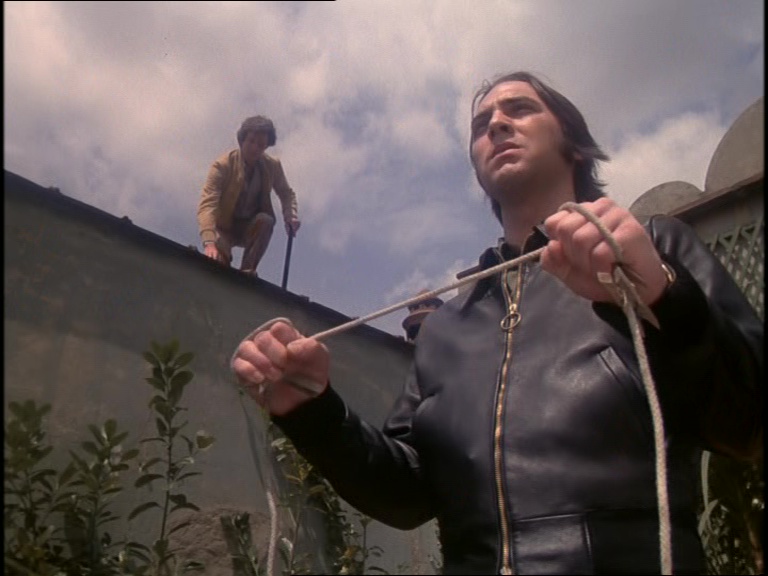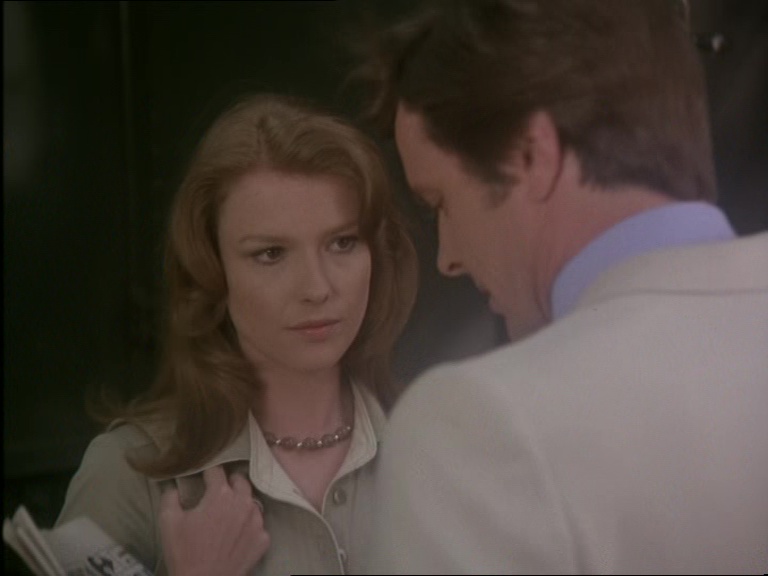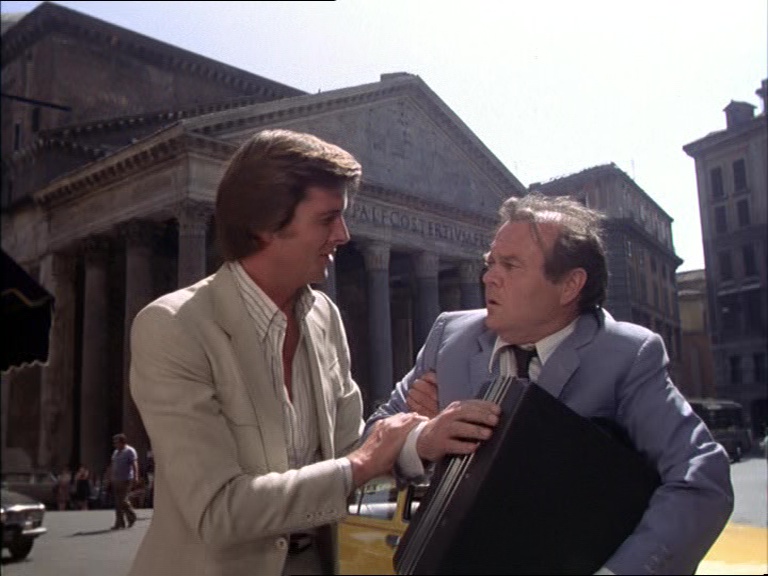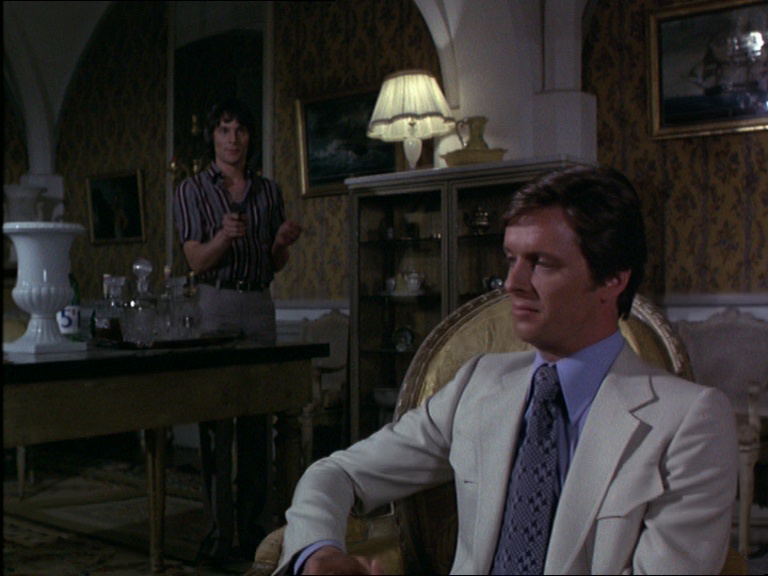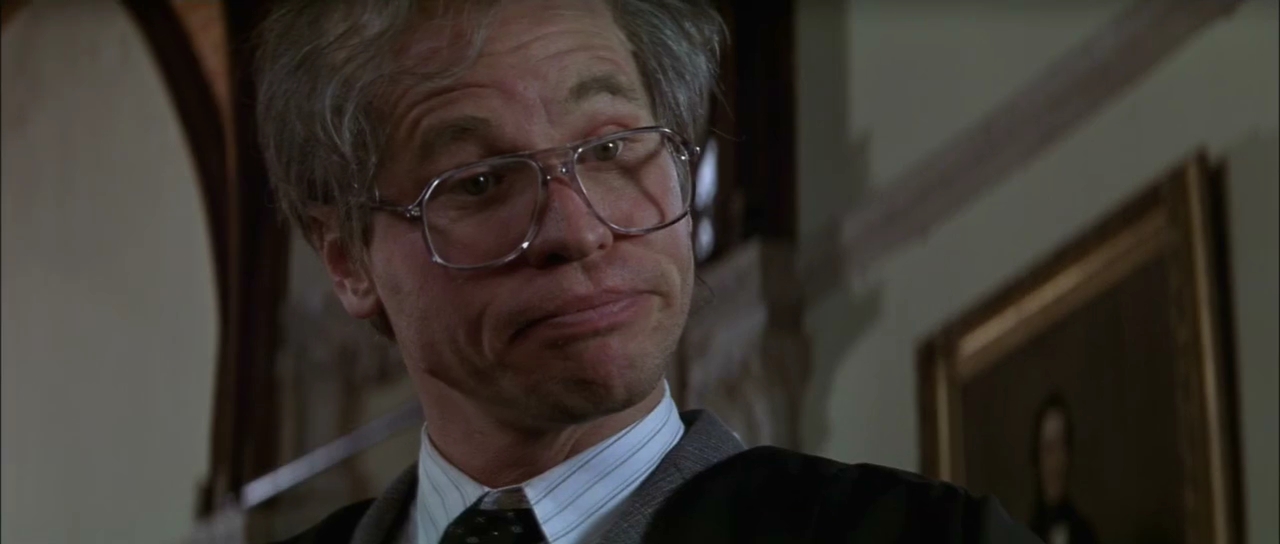Simon Templar is known as the Saint because of his initials (ST), and also because of his heroic exploits that fly in the face of an otherwise nefarious reputation. Templar uses a number of aliases, often using the initials S.T. such as Sebastian Tombs or Sugarman Treacle . Blessed with a boyish sense of humor, he often makes humorous and off-putting remarks and frequently leaves a calling card at the scenes of his crimes, consisting of a stick-figure drawing of a man with a halo, which is the logo of both the book series and the later 1960s TV series. (This image is visible on the book cover reproduced at right.)The books often allude to the possibility that Templar started his career as a criminal and suggest that he had somewhere developed the skills of a burglar. His origins remain a mystery, but it is made clear from the texts that, in the books, all of his income derives from the pockets of the ungodly (as he terms those who live by a less moral code than his own). There are several references to a ten percent collection fee that he collects to cover expenses when he extracts large sums of money from his victims, the remainder being returned to the rightful owners, given away to charity, shared amongst Templar's colleagues, or some combination thereof. Templar's targets often include corrupt politicians, warmongers, and other examples of the nastier forms of low life. He claims he's a Robin Hood, bleats one of his victims, but to me he's just a robbing hood. In fact, Robin Hood appears to have been one of the inspirations for the character; Templar stories were often promoted as featuring The Robin Hood of modern crime , and this phrase to describe Templar appears in several of the stories. A term used frequently by Templar to describe his monetary acquisitions is boodle (a term which was also applied to the title of a Saint short story collection).The Saint also has a dark side to his personality as he is willing to ruin the lives of certain members of the ungodly , and even kill them, if he feels that, by doing so, lives can be saved. In several early books, Templar openly refers to this as murder, although he considers his actions to be justified and righteous, a view usually (but not always) shared by his partners and colleagues.Although the Saint functions as an ordinary detective in some stories (figuring out puzzle-mysteries), according to fans and critics, the best of the stories depict ingenious plots to get even with vanity publishers and other consumer ripoff artists, greedy bosses who exploit their workers to an extreme degree, con men, etc.The Saint has many partners in his escapades, though none that have lasted throughout the series. For the first half of the series (up until the late 1940s), the most recurrent is Patricia Holm, his girlfriend, who was introduced in the very first Saint story, the 1928 novel Meet - The Tiger! in which she shows herself to be a capable adventurer in her own right. Holm appeared erratically throughout the series, sometimes disappearing for books at a time. Templar and Holm had a relationship that was somewhat ahead-of-its-time for the 1920s and '30s: in a time when common law relationships were uncommon (and in some areas, illegal), they lived together. They also appeared to have an open relationship of sorts, as Templar is shown flirting with other women from time to time. However, his heart remained true to Patricia Holm in the early books, culminating in his considering proposing marriage in the novella The Melancholy Journey of Mr. Teal , only to have Holm say she had no interest in it (another progressive attitude for the time). Holm disappeared from the series in the late 1940s, and according to Burl Barer's history of The Saint, Charteris thereafter refused to allow Templar to have a steady girlfriend, or for Holm to return (although according to the Saintly Bible website, Charteris did write a film story that would have seen Templar encountering a son he had with Holm).Another recurring character, Scotland Yard Inspector Claud Eustace Teal, could frequently be found attempting to put the Saint behind bars, although in some books they can be found working in partnership. Teal can be said to play a role comparable to Sherlock Holmes' Inspector Lestrade.The Saint had a veritable band of compatriots over the years, including Norman Kent, Peter Quentin, Archie Sheridan, Dicky Tremayne (a character name that later appeared in the 1990s TV series, Twin Peaks), Monty Hayward, Roger Conway, and his ex-military valet, Orace. In later stories, the dimwitted and constantly-soused, but reliable, American thug Hoppy Uniatz was frequently found at Templar's side.Charteris gave Templar a number of interests and personality quirks that manifested themselves as the series went on. Early in the series, for example, his talents as an amateur poet and songwriter were frequently displayed, often to taunt villains, though the novella The Inland Revenue established that poetry was also a hobby. That same story also revealed that Templar once wrote an adventure novel featuring a South American hero not too far removed from The Saint himself. Templar also on occasion would break the fourth wall in an almost metafictional sense, making occasional references to being part of a story, and mentioning in one early story, how he cannot be killed off so early on; later, the 1960s television series would also have Templar similarly break the fourth wall and address viewers.
Show less «



